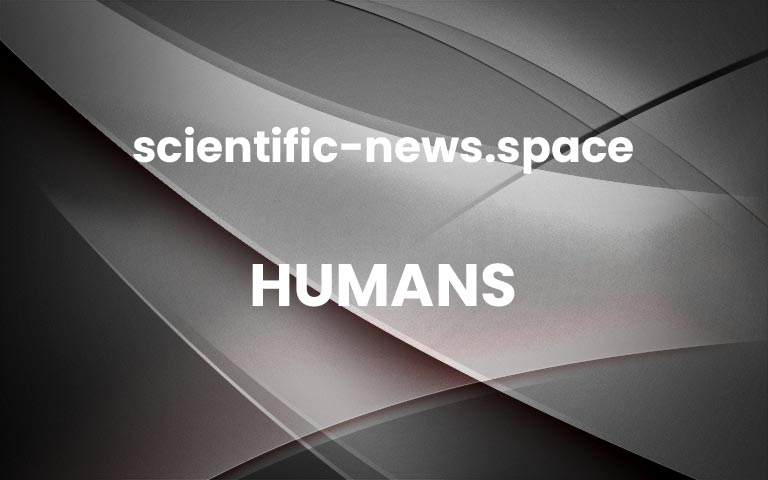By Shaoni Bhattacharya
A woman views the work Kaktovik, Alaska, US by Brian Adams, featuring at the Arctic: Culture and Climate exhibition at the British Museum
NEIL HALL/EPA-EFE/Shutterstock
An animated globe on the wall shows a lovely, generous white snow cap over the North Pole and the Arctic in 1979 that shrinks, then shrinks and shrinks again until by 2100 it is a mere fingerprint, skimming the top of Greenland and the farthest tip of the Canadian archipelago.
This apocalyptic introduction greets visitors at the start of the British Museum’s latest exhibition, Arctic: Culture and Climate. It is a clear and sobering reminder of the other imminent emergency we face, but this exhibition is more about the hope found in human resilience and adaptation, and cultural change in the face of disaster.
There is another message, too, for a world constrained by covid-19 and increasingly mediated by screens. After scant contact with the outside world for months, the show reminds visitors that they are still primarily physical beings – beings with the power to destroy the planet as much as to cherish it.
Advertisement
Today, nearly 400,000 Indigenous People still live within the Arctic. Over the past 30,000 years, their ancestors survived extreme and rapidly changing conditions, including the end of the last glacial maximum and the effects of colonialism.
Amber Lincoln, the exhibition’s lead curator at the British Museum, wants visitors to come away with a fresh appreciation for the people who live in the Arctic and for their stories – going beyond the statistics to lives that are being affected by climate change.
The show’s historical artefacts, artworks, starkly beautiful photographs and immersive videos combine seamlessly to tell their stories. All this is set against a very effective light and soundscape, which creates the changing light and sound of the Arctic year – each month lasts 2 minutes and fades into the next so the scene appears to be in a state of constant change.
When the Arctic shrinks
Indigenous communities are found across the Arctic, from the northern reaches of Scandinavia and Siberia to Greenland and the northern vistas of Canada and Alaska. Their way of life now faces even greater upheaval as the Arctic has lost 75 per cent of its sea ice in the past 50 years, and the permafrost that acts as bedrock has started to melt.
One photo shows an underground ice cellar deep in the permafrost, which is used by the Inupiat of northern Alaska to preserve whale meat. Once the permafrost melts, such underground fridges may no longer be available.
Elsewhere, a 19th-century belt, a knife and hanging bags for amulets and tobacco that would have belonged to reindeer herders such as the Khanty or Nenets of Russia are springboards to talk about the less expected effects of climate change on the region. It isn’t only shrinking Arctic ecosystems: in 2016, some 2350 reindeer on the Yamal Peninsula in Siberia died after eating anthrax spores released by the melting permafrost.
Even one of the most beautiful exhibits – a commissioned work by Sakha artist Fedor Markow to show the spring solstice celebrations of the Sakha people of north-east Russia – resonates with the theme of changing weather and its importance in the Arctic.
The miniature model, drawing on traditional carvings, is exquisitely chiselled from mammoth ivory (with special permission, of course). Ivory from woolly mammoths is becoming more available as Arctic ground melts and releases its frozen treasures.
Most striking is the incredible sustainability and respect for nature of the communities – something long lost elsewhere in the world. While caribou, walruses, seals and whales are still hunted, every scrap of flesh, bone, baleen, sinew and skin is used for something.
An astonishing whaling suit that belonged to a Kalaallit hunter in Greenland in the early 19th century – the only one of its kind – shows what people could do with sealskin. Waterproof and inflatable, it would have provided warmth and buoyancy to the wearer, jumping from his boat directly onto a sleeping whale to harpoon it, according to the caption.
Another sustainable highlight is a bag made of fish skin. As Lincoln asks: “Who would have thought salmon skin could be so durable and beautiful?”
Arctic: Culture and Climate is a great exhibition, but some of my enjoyment comes from a rare opportunity to experience the wonderful corporeality of life unmediated by a screen. For a short while, I could feel something of Arctic life, through the sounds of an ice-bound world, light like nowhere else – and just marvel at some incredibly clever clothes fashioned from sealskin and fur.
The exhibition has clear lessons about the mindset of people working with nature: everything, from animals to the ice itself, becomes a living, connected part of the daily world, not a separated-off area of entitlement and exploitation.
In a world where so much human experience has been forced online, such shows are the more valuable for reminding us about our physical nature and that there is a real world to fight for.
Shaoni Bhattacharya is a consultant for New Scientist based in London
Arctic: Culture and Climate is at the British Museum from 22 October 2020 to 21 February 2021
More on these topics: More


